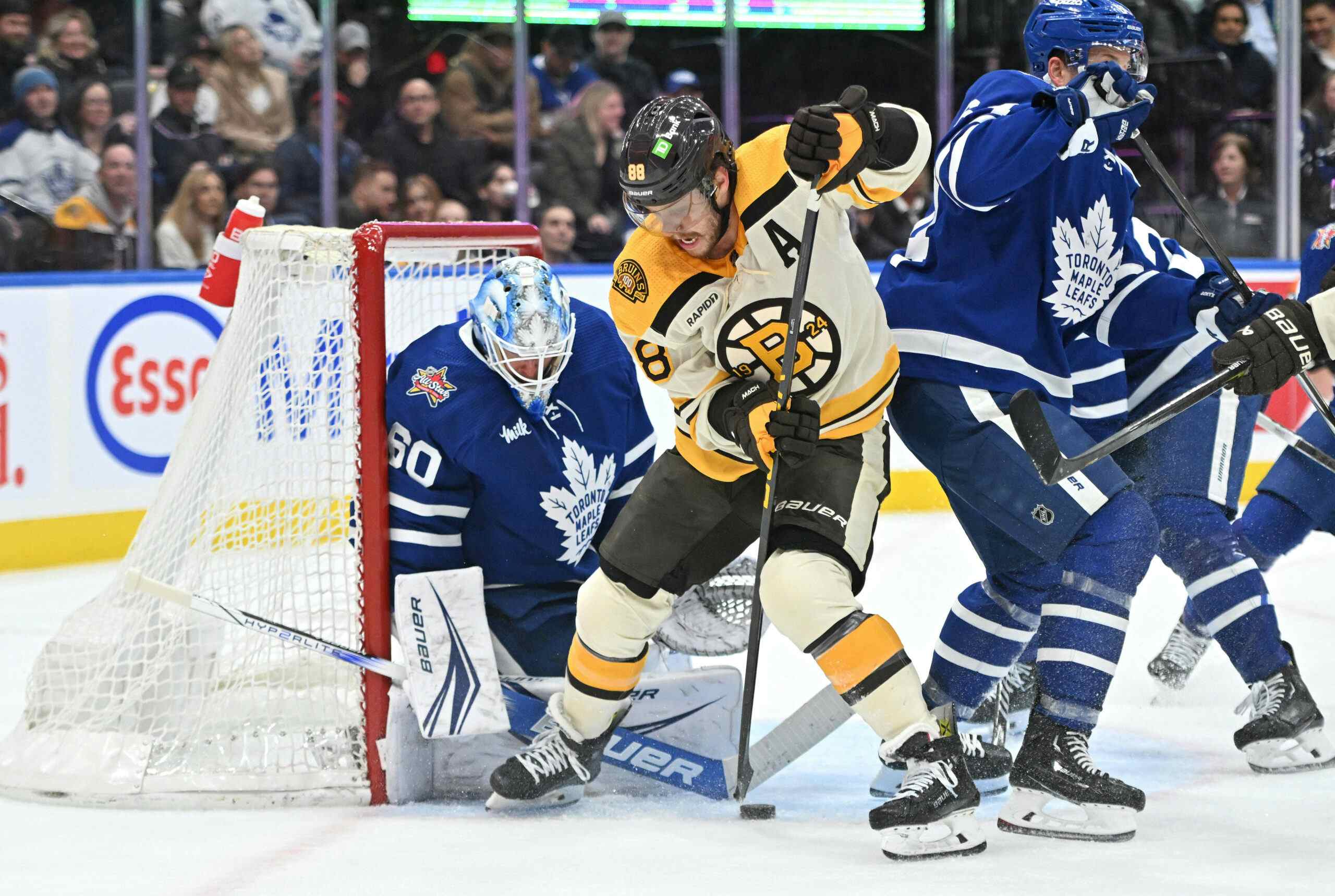In Reality, Phil Kessel Is The Chauffeur
By Blake Murphy
10 years ago.jpg?resize=300%2C300&ssl=1)
Phil Kessel is an incredible offensive talent.
Now that I’ve blown your mind with that hyper-obvious statement, we can continue.
Kessel is great. He’s tallied 45 points in 48 games (though he is just coming off a nine-point, 15-game stretch) and since he joined the Leafs in 2009, only 19 players have more points and only four have more goals. And he’s done that largely without the benefit of what people would agree is a first line center, playing 2,770 of his 4,265 even strength minutes with Tyler Bozak (and less than 415 minutes with any other pivot).
When Bozak was extended this offseason, the crux of the argument against him was that playing with Kessel inflated his numbers, which is undeniable (current piping-hot-streak notwtihstanding, I guess). But I’ve become curious of late just how important Kessel is in bringing up the play of his teammates.
The ways in which Kessel can make those around him better are obvious. He’s a strong finisher (he ranks 51st in shooting percentage since 2009 with an 11.1 percent mark), a willing passer, and his skating ability is disruptive through two zones, pushing play and putting the defense on their heels. It would be tough to make a case that any player would be worse off playing with Kessel.
There’s one area of “making teammates better” I’d like to explore in the future, though it’s largely qualitative and probably outside the scope of what data we have available and what free time I have. My theory is that high-volume shooters who are above-average marksmen, like Kessel, and specifically those with quick releases, act in the offensive zone similar to how a 3-point shooter works in basketball. A 3-point threat spaces the floor by requiring a defender to stay close by, limiting their ability to help in the paint [if said shooter is in the corner] or on drives and pick-and-rolls [if said shooter is on the weakside wing].
My hypothesis would be that players like Kessel who require tighter defensive attention have a similar effect, since defenses pretty much have to layer their coverage when Kessel has the puck. That not only gives him a bit more breathing room to operate, but it gives his nearest teammate a space advantage, while the attention paid to him opens up the rest of the ice four-on-four. The “star takes extra attention” statement seems obvious, but it’d be nice to eventually flesh it out further.
Here’s a screengrab of the idea in action (though on this particular play, Calvin de Haan ended up leaving Kessel to feebly cover Bozak in front, who tipped the goal home):

And another, from Tuesday, where the extra attention on Kessel opens up a point shot, which Bozak later bangs home:

The effect is probably something that would need to be measured by a visual tracking system similar to SportVu in the NBA, though we might get a sense for it if we could isolate goals that Kessel is on the ice for but doesn’t score or have the primary assist on.
Then again, perhaps this is only a consideration on the powerplay, or one that exists but doesn’t manifest itself all that often because the number of “events” we have to work with (goals) are limited.
In any case, I was interested in seeing how the bump Kessel gives linemates at even strength compares to the work of other top scoring wingers.
(All data is courtesy Stats.HockeyAnalysis and is for the 2011-12, 2012-13 and 2013-14 seasons. In the tables below, you’ll see G/Gm and Pts/Gm values that cover all playing situations as a comparison tool, but the linemate per-20-minute data is at even strength only. It includes only forward linemates a player played with for at least 100 minutes in a season and is weighted based on minutes played together. It’s a limited method, what with the random cut-offs and separating seasons and all, but it gets to the point, I think.)

This makes Kessel look very good, though it’s also worth noting that Kessel had the fewest linemates of anyone in the sample. That doesn’t mean the effect isn’t real, but it may not be as extreme, since Kessel’s spent the majority of his time with the same guys and we can’t just assume what effect he’d have on others, more or less talented.
(Note: Chris Kunitz was originally in the sample, too, showing greater than a 50 percent boost to linemates. However, his two most common linemates have been Sidney Crosby and Evgeni Malkin. Crosby makes everyone way better, and there’s too much potential multi-colinearity in Kunitz’s sample to make a fair comparison.)
There’s nothing new about this, it’s simply putting a number on what we thought to be the case already.
What we see from some of the other players, though, is that pairing two very good players can still boost their production – if there’s a diminishing return to talent on a single line, it happens with a third great player, not a second. In short, Kessel’s strong production isn’t enough to say "well, the Leafs don’t need a first line center because look at what they’re doing now." Instead, you could argue improving the 1C slot could make both Kessel and said center more productive.
(This also isn’t meant as a shot on Bozak…it’s a Kessel fluff-piece, not a Bozie-takedown. How would that fly given the last dozen games?)
Anyway, there’s that. The study could be improved, but Kessel’s WOWYs are impressive no matter the lens. As for the qualitative study of spacing earlier on, if you can think of examples (goals or otherwise) where you noticed Kessel dynamically changing the defensive coverage, please let me know. I’d love to follow up with screengrabs/play breakdowns.
Recent articles from Blake Murphy





